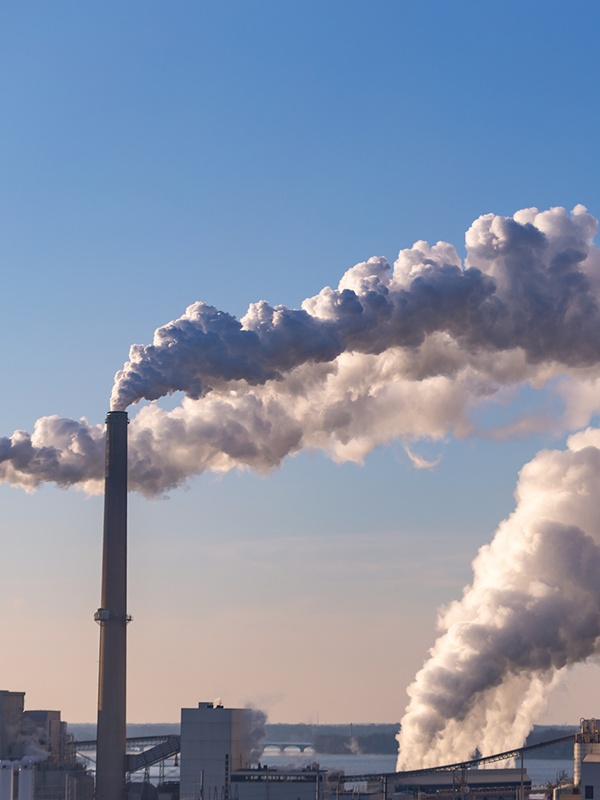Paying For Emissions We’ve Already Released
Global warming in excess of 2 degrees Celsius has already been committed by past emissions, says Texas A&M scientist and team of researchers.
Jan 5, 2021


The planet is committed to global warming in excess of 2 degrees Celsius (3.6 degrees Fahrenheit) just from greenhouse gases that have already been added to the atmosphere, according to new research by scientists from Texas A&M University, Lawrence Livermore National Laboratory (LLNL) and Nanjing University, published in the latest edition of Nature Climate Change.
The team used observations and climate model simulations to re-evaluate how much warming is already “in the pipeline” from past emissions. Their estimate is higher than previous estimates because it accounts for changes in the geographic pattern of surface warming.
“Typically, committed warming is estimated assuming that changes in the future will pretty much follow changes in the past,” said LLNL atmospheric scientist Dr. Mark Zelinka, a co-author of the paper. “But we now know that this is a bad assumption.”
While most of the planet’s surface has warmed, several important regions, like the Southern Ocean, have not, the researchers said. The lack of surface warming favors the buildup of low-level clouds over these regions, which reflect sunlight back to space and strongly cool the planet. Eventually, these regions will warm up. When they do, the low clouds will decrease, which will allow more sunlight to be absorbed by Earth and give the world additional warming.
“The important thing to realize is that this has not yet happened — it is not in the historical record,” said lead author Dr. Chen Zhou, a researcher at Nanjing University. “After accounting for this effect, the estimated future warming based on the historical record would be much higher than previous estimates.”
Specifically, the team found that future warming with radiative forcing fixed at present-day levels (equivalent to freezing the atmospheric composition as it is today) has a most likely value of +2.3 degrees C (4.1 degrees F) above pre-industrial levels. This exceeds the limits set in the Paris Agreement, in which the world’s countries agreed to limit global warming to well below 2 degrees C (3.6 degrees F) above pre-industrial temperatures, while pursuing efforts to limit warming to 1.5 degrees C (2.7 degrees F).
"The bad news is that our results suggest that we have most likely already emitted enough carbon dioxide to exceed 2 degrees C,” said Dr. Andrew Dessler, professor of atmospheric sciences at Texas A&M and co-author of the study. But, he pointed out that there is good news. Once net emissions get to near zero, the rate of continued, committed warming will be very slow. “So if we can get net emissions to near zero soon, it may take centuries to exceed 2 degrees C.”
“The uncertainty on estimates of committed warming is large, but we can have high confidence that committed warming is larger than one would expect based on assuming the past is prologue,” Zelinka added. “This finding increases the urgency of reducing greenhouse gas emissions in order to achieve the Paris Agreement targets.”
The LLNL portion of the research was funded by the Department of Energy’s Office of Science.
For more information about this research, including the full paper and an explainer video, see this web page.
Originally published by Lawrence Livermore National Laboratory.
